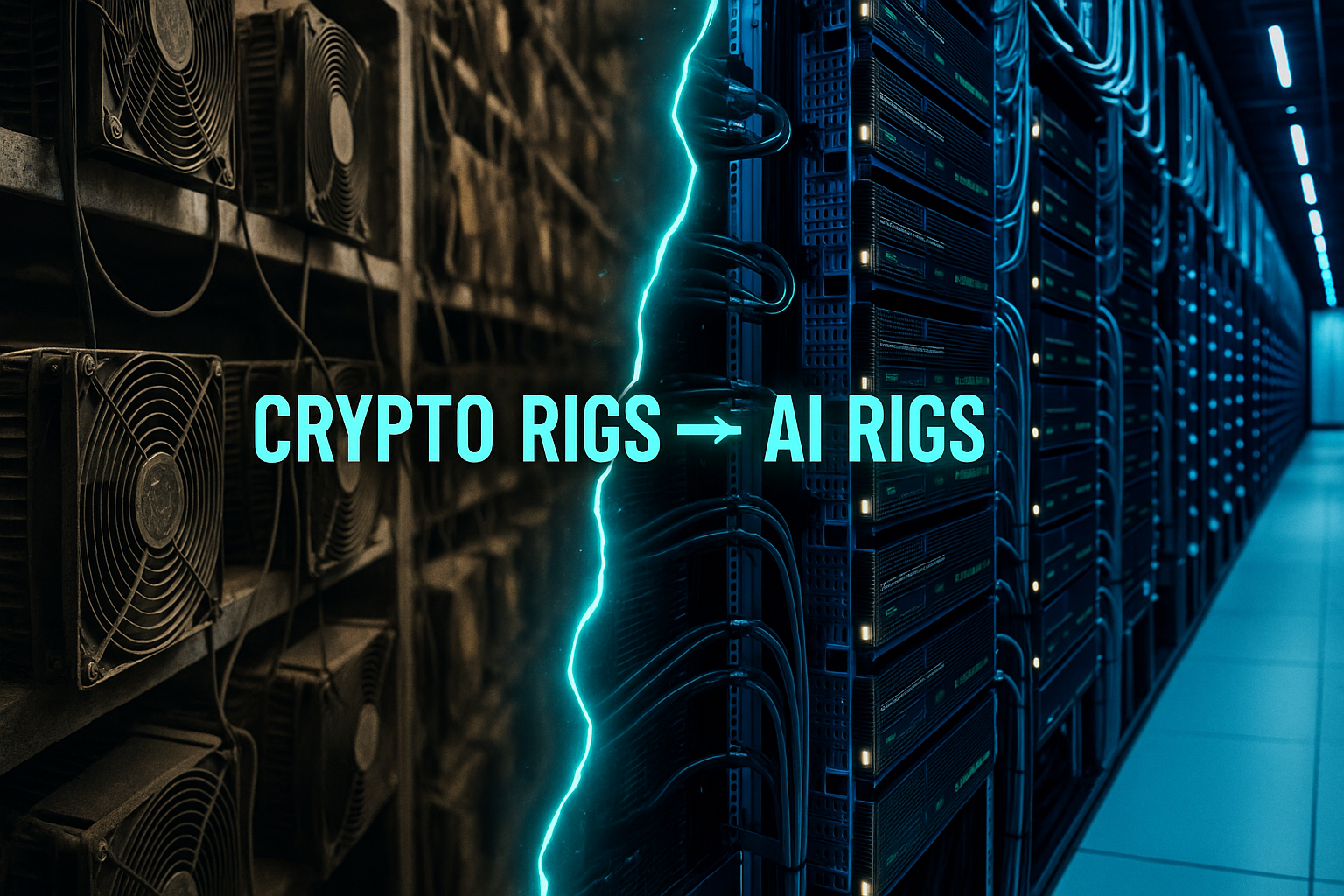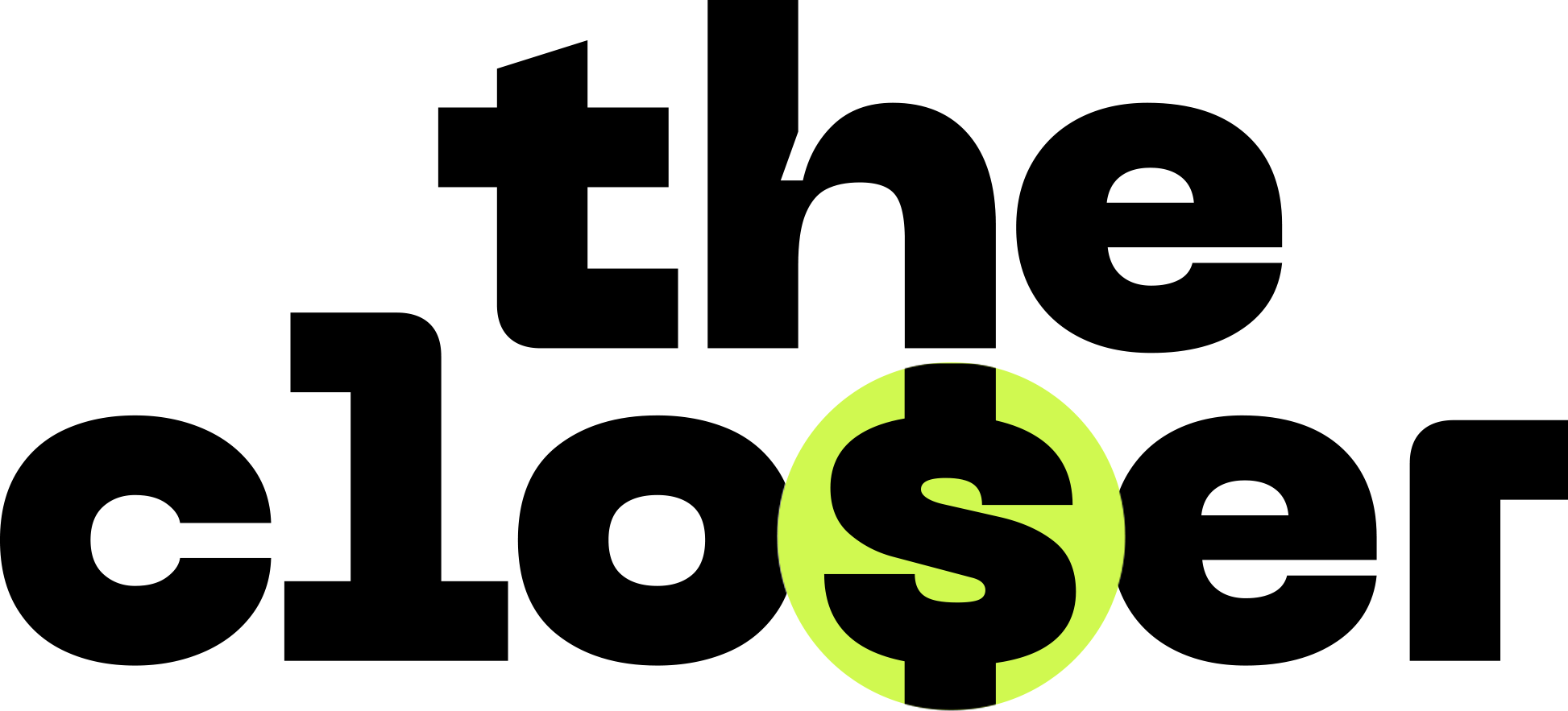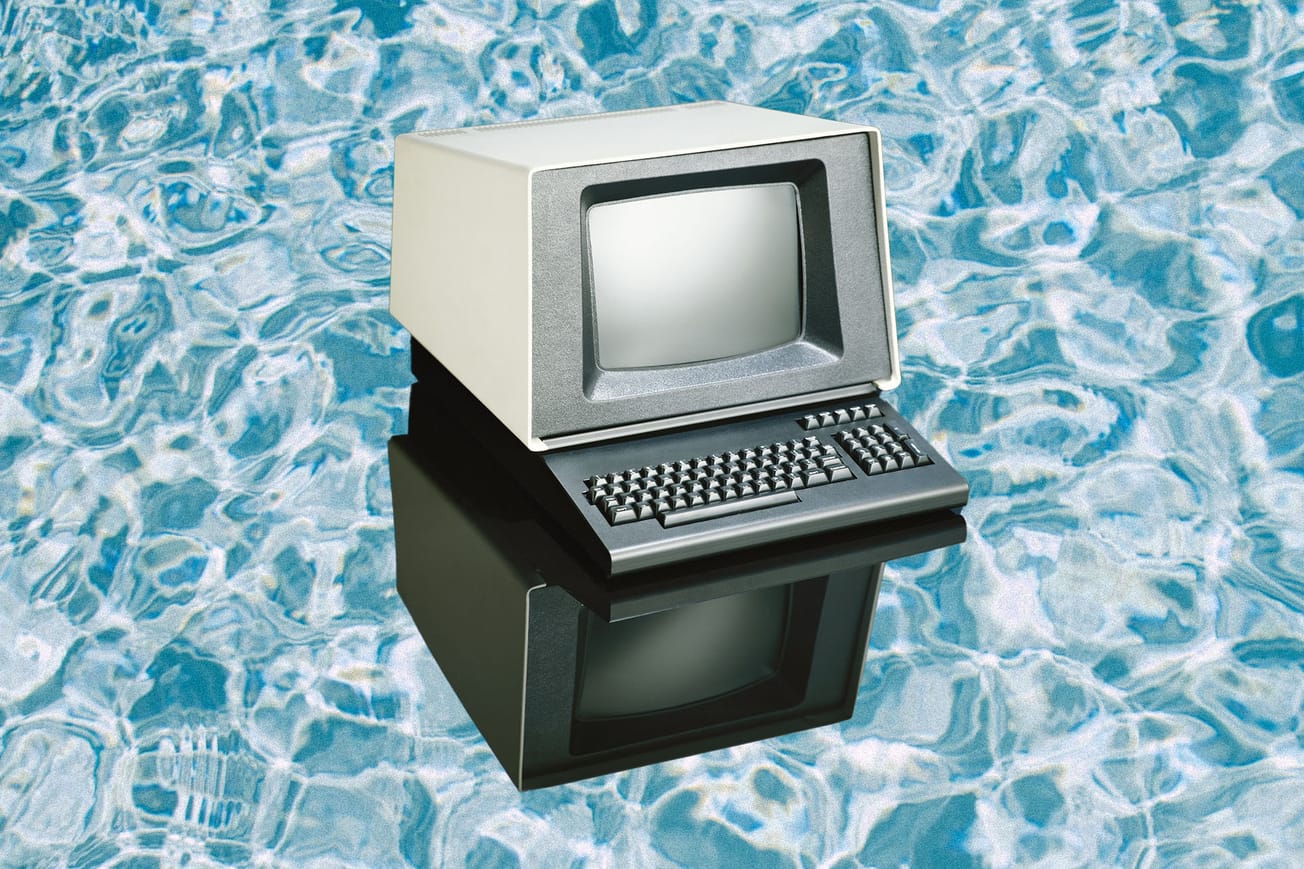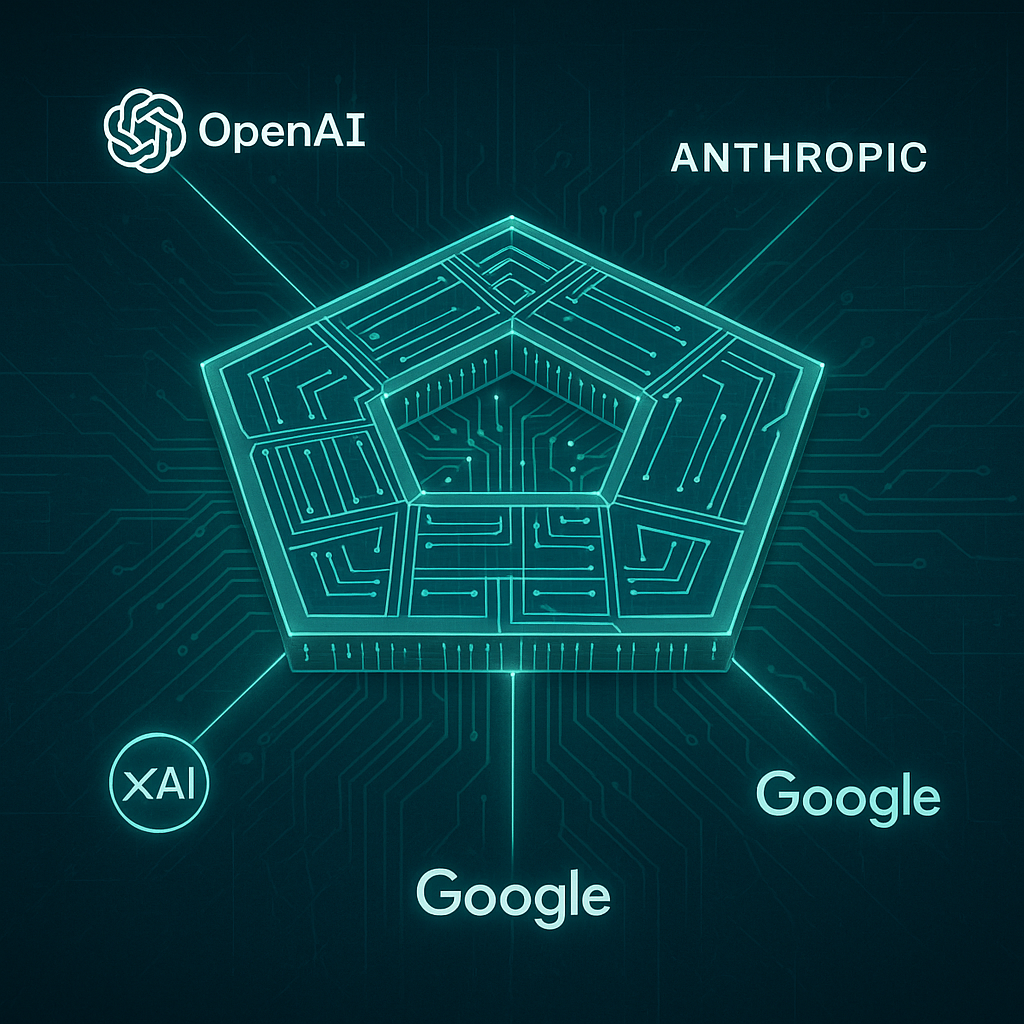Welcome to Backchannel. This is the weekend briefing for subscribers of The Closer, where we decode power plays in dealmaking, business, and influence. This week is part two of our mini-series on how AI compute is the new scarce, strategic resource driving our new industrial revolution. We look at CoreWeav'es $9 billion all-stock acquisition of Core Scientific.
Last week, we explored how "compute is the new oil" through the lens of the $30 billion OpenAI–Oracle, which shows exactly how that metaphor is becoming literal, with AI firms now racing to secure gigawatts of energy, real estate, and geopolitical backing to fuel their dominance.
A quick heads-up: both Backchannel and the Monday Jumpstart are now subscriber-only. Hopefully, you've noticed we're rolling out Negotiation Nuggets—bite-sized tactical intel dropping every Tuesday to Thursday.
If you’re already a paid subscriber: thank you. You’re helping raise the bar for serious, independent deal intelligence. If you’re not yet in, now’s the time to join us.
If you take time to let me know what we can do better or what you want more of, I would be deeply grateful.
– Bradley
The GPU Land-Grab Nobody Saw Coming
CoreWeave’s $9 billion buyout of Core Scientific turns bitcoin mines into AI factories — and rewrites the playbook for securing power in the age of generative everything.
Crypto mining rigs are out, AI supercomputers are in. A bankrupt Bitcoin miner just found a $9 billion second life as a cloud powerhouse – a deal that shows how far companies will go to secure the lifeblood of generative AI: computing power.
The deal in focus: CoreWeave’s $9 billion all-stock acquisition of Core Scientific, announced July 7. CoreWeave is a New Jersey–based cloud provider that rents out GPU-heavy servers for AI model training and inference.
Core Scientific is (or was) one of the world’s largest crypto mining operators – until falling into bankruptcy amid last year’s crypto crash. Why is an AI cloud platform buying a busted Bitcoin miner? For the infrastructure. Core Scientific brings 1.3 gigawatts of contracted power across data centers, facilities already packed with cooling and electrical gear ideal for running power-hungry AI workloads. In one swoop, CoreWeave secures a massive footprint of ready-to-go capacity to fuel the insatiable demand for AI compute.
This acquisition is the capstone of CoreWeave’s striking origin story. The company started in 2017 as “Atlantic Crypto,” a small Ethereum mining venture that rented out graphics cards to other miners. Sensing a bigger opportunity, the founders pivoted in 2019 to focus on general-purpose GPU cloud services– essentially betting that someday, someone would need a lot of on-demand computing power.

Fast forward to the ChatGPT era: that bet paid off. Generative AI’s explosion turned GPUs into the hottest commodity in tech, and CoreWeave – retooled with data center capacity and priority access to Nvidia chips – was in the right place at the right time. By March 2025, CoreWeave rode the AI wave to a blockbuster IPO at $40 a share.
Investors couldn’t get enough: the stock skyrocketed over 300% within months, briefly valuing the company around $75 billion. (For context, that’s richer than many Fortune 500 firms, despite CoreWeave only having a few hundred employees and under $2B in revenue.) Shares tripled in value within months amid the AI hype.
Armed with a high-flying stock as currency, CoreWeave now aims to “verticalize” its supply chain by absorbing Core Scientific’s facilities.
The logic: instead of paying Core Scientific to host its gear, own the whole stack and cut out the middleman.
CoreWeave projects about $500 million in annual cost savings from the merger (e.g. eliminated rent and overhead) – worth up to $4B in value when capitalized. It’s also a defensive move: in an industry constrained by physical infrastructure, owning more power and real estate outright can accelerate deployment of scarce Nvidia GPUs and protect against future bottlenecks. As CoreWeave CEO Michael Intrator put it, “verticalizing” Core Scientific’s data centers de-risks our expansion and solidifies our growth trajectory

The New Oil: Race for Compute
If all this sounds a bit extreme, consider the backdrop: AI compute has become the new oil. Every tech giant and startup in the AI space is scrambling to secure the chips, power, and server racks needed to train and run advanced models. Just last month, Meta was reportedly in talks to pour $10+ billion into Scale AI, a data-labeling and model-training firm, to gain insider access to one of Silicon Valley’s hottest AI pipelines. Such an investment would catapult Scale’s valuation above $35 billion – a hefty price that underscores how scarce and valuable these AI capabilities have become. “GPU scarcity bites,” as we noted in a recent issue, and everyone from Meta to Microsoft is feeling it.
Meanwhile, OpenAI – whose viral ChatGPT ignited the current boom – just inked the largest cloud computing deal ever, committing $30 billion per year for a dedicated 4.5 gigawatt server farm via Oracle. Yes, you read that right: one AI company is leasing the energy equivalent of four nuclear power plants to run its models. These eye-popping deals all point to a common reality: unprecedented demand for AI infrastructure, and a willingness to spend absurd sums to secure it.
In this context, CoreWeave’s grab for Core Scientific’s assets looks less like a curious one-off and more like part of an emerging land grab. As one analyst observed, repurposing crypto mining sites for AI is an obvious play – “since crypto mining infrastructure is primarily GPU-driven, it’s easy to repurpose for enterprise workloads” – but it comes with caveats. Those Bitcoin server farms weren’t built for the uptimes and oversight that enterprises expect. “Crypto facilities bring power and space, but not always enterprise assurance,” warns one tech CEO, noting their design for brute-force batch processing doesn’t translate seamlessly to real-time AI operations. In other words, compute might be the new oil, but refining it for AI isn’t trivial.
Mania Meets Reality
CoreWeave’s takeover of Core Scientific is as much a bet on AI’s future as it is a balance-sheet transaction. And like any bet in a hot market, it carries risk. For one, investors aren’t entirely convinced. Normally, the target’s stock jumps on news of a takeover – but when this deal was announced, Core Scientific’s shares fell ~16%, trading well below the implied offer price. Why? Perhaps because the offer is paid in CoreWeave stock, and that stock is seen as frothy. Even after a recent pullback, CoreWeave is trading at astronomical multiples, and the merger won’t close until late 2025. That’s plenty of time for the tide to turn. As Reuters dryly noted, this deal will test how durable the AI mania really is. If the AI boom stalls – due to economic shocks, new competition (hello, China’s DeepSeek?), or just the realization that growth won’t be infinite – CoreWeave’s richly valued shares could take a hit, jeopardizing the merger’s math. Complicating matters, CoreWeave’s insiders will be free to sell some shares before the deal closes, thanks to lock-ups expiring. In a market frenzy, there’s always the nagging question: who will be left holding the bag?
Then there are the fundamentals. On paper, CoreWeave is growing at lightspeed – revenue surged from $229 million in 2023 to $1.92 billion in 2024 – but it’s hardly a profit engine. The company lost about $863 million last year and has leaned on roughly $8 billion in debt financing to fuel its expansion. Servicing that debt isn’t cheap (interest around 10%), especially for a firm yet to prove it can generate consistent cash flow. CoreWeave’s business also depends on a few key partners and clients: notably, a huge multi-year contract with Microsoft accounts for well over half its backlog. (Microsoft was effectively renting CoreWeave’s GPUs to meet Azure cloud demand – until reports surfaced this spring that it canceled a chunk of those orders amid delivery delays.) In short, CoreWeave is punching far above its weight – competing with Amazon, Google and Microsoft in cloud AI – and it remains vulnerable to any stumbles by itself or its patrons.
All of that makes the Core Scientific buyout both thrilling and fraught. It’s thrilling as a symbol of the new era: the fact that investors are valuing a bankrupt crypto miner at $9B – nearly 9× what a bidder offered for it just a year ago – shows just how feverish the hunt for compute has become. Data centers full of GPUs are the new prize, and yesterday’s white elephants can become tomorrow’s golden geese. But it’s fraught because it reminds us of an age-old lesson: when markets get “ecstatic,” concrete realities eventually matter. CoreWeave is now on the hook to integrate a sprawling real-estate portfolio, execute a tricky crypto-to-AI retrofit, and justify a sky-high valuation – all while fending off tech’s biggest players. Pulling that off will require not just hype, but horsepower.
The bottom line: In 2023, we learned that scarcity sells – whether it’s a famous basketball team or the compute behind a famous chatbot. CoreWeave’s latest move shows the AI boom entering a new phase, where control of hard infrastructure is king. It’s a high-stakes bet that compute really is the new oil, and that this young company can be more than a flash in the pan. If they’re right, CoreWeave will have transformed from crypto miner to AI supermajor in the blink of an eye. If they’re wrong… well, someone’s going to look very dumb in hindsight. For now, though, the gold rush for AI capacity rolls on – chips, power contracts, data centers and all.
THE COMPUTE ARMS RACE
Who's Hoarding the Most Power?
As AI companies scramble for compute infrastructure, power capacity has become the ultimate bottleneck. Here's how the major players stack up in the gigawatt race – where 1 GW powers roughly 750,000 homes.
AI DATA CENTER POWER CAPACITY
Major projects ranked by gigawatt capacity
KEY INSIGHT
CoreWeave's acquisition of Core Scientific's 1.3 GW instantly puts them in the major leagues – but they're still dwarfed by the mega-projects. The UAE's G42 plans to build more capacity than four nuclear reactors combined.
BOTTOM LINE
The power game is the new land grab. While CoreWeave celebrates its crypto-to-AI pivot, the real titans are securing multi-gigawatt commitments that would power entire cities. In the AI arms race, megawatts matter as much as models.
CALENDAR
Week Ahead — July 14 → 18
Mon 14 Jul
MumbaiTravel Food Services lists on BSE/NSE
₹40 bn IPO
Why It Matters: First sizable India consumer IPO since Delhivery '24; an early gauge of post-election risk appetite.
Tue 15 Jul
WashingtonUS CPI (Jun)
08:30 ET
Why It Matters: Traders want a clean read on inflation before the Fed's Jul 29–30 meeting; tariff chatter makes any upside print extra volatile.
"Dodd-Frank @ 15" hearing
10:00 ET | Capitol Hill
Why It Matters: House Financial Services grills regulators on capital rules; expect bank-lobby soundbites.
Wed 16 Jul
WashingtonUS PPI (Jun)
08:30 ET
Why It Matters: Pipeline-price check one day after CPI—will keep rate-cut odds in flux.
Thu 17 Jul
WashingtonImport/Export Price Indexes (Jun)
08:30 ET
Why It Matters: A window into Trump-era tariff pass-through; watch the dollar.
Fri 18 Jul
WashingtonState Employment & Unemployment (Jun)
10:00 ET
Why It Matters: Red/Blue labour split is a live election talking point; could reshape fiscal rhetoric.
⚠️ Heads-up: Fed officials enter blackout on Sat 20 Jul; any last-minute remarks before then will carry extra weight.
Sources: Bureau of Labor Statistics • House Committee on Financial Services • Investing.com Canada
Major Deals This Week
- Merck × Verona Pharma – $10 B
Merck is buying U.K.-based Verona Pharma for $10 billion to diversify beyond Keytruda with its novel COPD inhaler, Ohtuvayre. The all-cash deal offers $107 per ADS—a 23% premium—and bolsters Merck’s respiratory pipeline. - Capgemini × WNS – $3.3 B
Capgemini is acquiring Indian BPO provider WNS for $3.3 billion in cash, signaling a shift toward “agentic AI”–powered business-process services. The move revives the IT-plus-BPO model and integrates generative AI throughout operations. - Ferrero × WK Kellogg Co – $3.1 B
In a 40% premium cash takeover, Ferrero is acquiring WK Kellogg (owner of Frosted Flakes, Froot Loops) for $23/share—total enterprise value $3.1 billion. The deal reinforces Ferrero’s North American footprint and enhances its lineup after earlier snack buys. - Toyota Tsusho × Radius Recycling – $1.34 B
Toyota Tsusho America has completed its $1.34 billion acquisition of Radius Recycling—operator of 100+ scrap metal sites and a small steel mill—to secure circular‑economy feedstock and support EV/steel supply chains. - TopBuild × Progressive Roofing – $810 M
TopBuild is snapping up Progressive Roofing for $810 million in cash, adding commercial roofing to its insulation and envelope platform. Progressive brings $438 million in revenue and $89 million in EBITDA.
🟢 Takeaway: Pharma hunting its next blockbuster, industrials rounding out circular supply chains, and AI-enabled services continuing their consolidation—scarcity, vertical integration, and bundling remain the strategic playbook.
SHOW
ME THE MATH
Visual framing changes minds
In a study of 312 B2B negotiations, parties who shared a visual or written financial breakdown boosted close rates by 33%—even when total value stayed the same. Words persuade, but numbers anchor.
Closer Tactic #54 • Visual Framing
The Nugget:
Even rough math builds credibility. A simple earnings bridge, TAM walk, or waterfall chart turns opinion into logic—and logic into agreement. Visual clarity trumps pitch polish.
How to deploy:
- Sketch a deal upside: “If we capture just 1.5% of market X, that’s $48M annually.”
- Use tables, back-of-envelope math, or simple visuals—even in email or slide 2.
- Frame it live: narrate assumptions out loud and stress-test them collaboratively.
Takeaway:
People argue with adjectives. They nod at numbers. When logic is visible, alignment gets faster—and harder to walk back.
If you’ve read this far, we want to hear from you! We hope The Backchannel is becoming an essential part of your week – an insider guide to the deals that are changing our world. Ideas, feedback, or just want to chat? Please get in touch.







